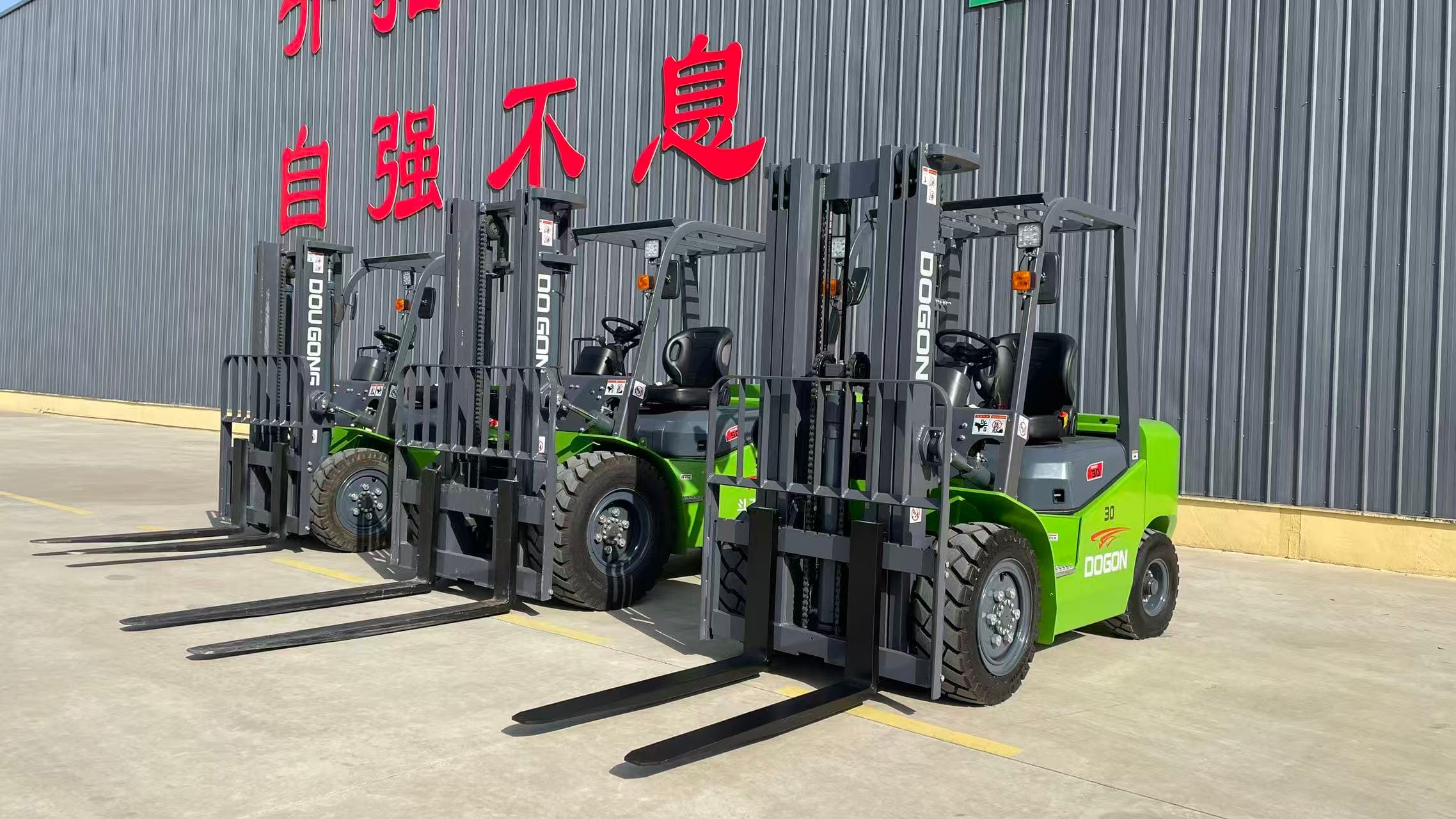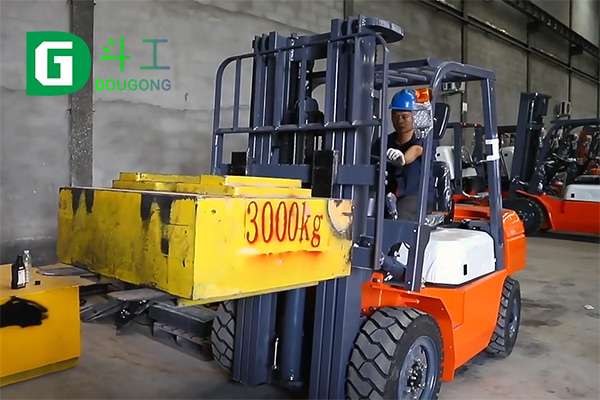Choosing the right type of forklift is essential for any business that moves goods or materials. Sit down forklifts are a popular choice for many businesses due to their superior maneuverability and stability. But is a sit down forklift better than a stand up forklift? In this blog post, we’ll explore the pros and cons of both types of forklifts to help you decide which is best for your needs.
What are the benefits of a sit down forklift?
1. Increased comfort: A sit down forklift allows the operator to sit comfortably while operating the vehicle. This reduces the physical strain on the operator and improves their productivity.
2. Better visibility: The seating position of a sit down forklift provides better visibility for the operator. This allows them to navigate through tight spaces and maneuver the vehicle more easily.
3. Suitable for long distance travel: A sit down forklift is ideal for long distance travel as the operator can sit comfortably while operating the vehicle. This is especially useful for warehouses and distribution centers that require the forklift to cover long distances.
4. Can handle heavier loads: Sit down forklifts are better suited for heavier loads as they have a larger weight capacity compared to stand up forklifts.
Overall, a sit down forklift is ideal for operators who need to cover long distances and handle heavier loads. It also provides greater comfort and visibility, making it easier for the operator to work efficiently. However, it may not be the best choice for warehouses or facilities that require frequent stops and maneuvering in tight spaces, for which a stand up forklift may be better suited.

What are the benefits of a stand up forklift?
1. Maneuverability
Stand up forklifts are known for their excellent maneuverability, allowing for easy navigation through narrow aisles and tight spaces. The compact design of these forklifts makes them ideal for use in warehouses with limited space.
2. Productivity
Stand up forklifts can help improve productivity by allowing operators to quickly and easily move products from one location to another. With their agile design and high lift capacity, these forklifts can help workers get more done in less time.
3. Visibility
Stand up forklifts offer better visibility than sit down forklifts, making it easier for operators to see their surroundings and avoid collisions. This is particularly important in busy warehouses where there is a lot of foot and vehicle traffic.
4. Cost savings
Stand up forklifts tend to be less expensive than sit down forklifts, making them an attractive option for businesses looking to keep costs low. They also require less maintenance and repair than sit down forklifts, further reducing operating costs.
Overall, stand up forklifts offer a number of benefits that make them a great choice for many businesses. Whether you’re looking to improve productivity, increase maneuverability, or reduce costs, a stand up forklift may be the perfect solution for your needs.

Which type of forklift is better for you?
Choosing between a sit-down forklift and a stand-up forklift ultimately comes down to the specific needs of your business. Each type of forklift offers unique advantages and disadvantages, so it’s essential to carefully evaluate your options.
If your business requires heavy lifting and long operating hours, a sit-down forklift may be the better option. These forklifts typically have more ergonomic seating options, which can reduce operator fatigue and improve productivity. Additionally, they often have higher lifting capacities and can move larger loads, making them ideal for warehouse and manufacturing environments.
On the other hand, stand-up forklifts can be more efficient in smaller spaces. They offer better visibility for the operator, which can improve safety, and their compact design makes them ideal for narrow aisles or cramped workspaces. Stand-up forklifts also tend to be more maneuverable, allowing them to quickly and easily navigate through tight spaces.
Ultimately, the decision between a sit-down or stand-up forklift will depend on the specific requirements of your business. Before making a decision, consider factors such as the type of materials you need to move, the layout of your facility, and the operating hours required. Consulting with a forklift expert can help ensure you choose the right type of forklift for your needs and help maximize your business’s productivity and safety.
Additionally, it’s important to consider the experience and comfort level of your operators. Some operators may prefer the stability and comfort of a sit-down forklift, while others may prefer the visibility and agility of a stand-up forklift. Proper training is essential regardless of which type of forklift you choose, but it’s especially crucial for operators who may be new to a particular type of forklift.
Other factors to consider include maintenance requirements and cost. Sit-down forklifts tend to have more complex mechanical systems, which can increase maintenance and repair costs. Stand-up forklifts, on the other hand, may have simpler designs that require less maintenance. Additionally, the initial cost of a forklift can vary widely depending on the type and model, so it’s important to factor in both the upfront and ongoing costs when making a decision.




